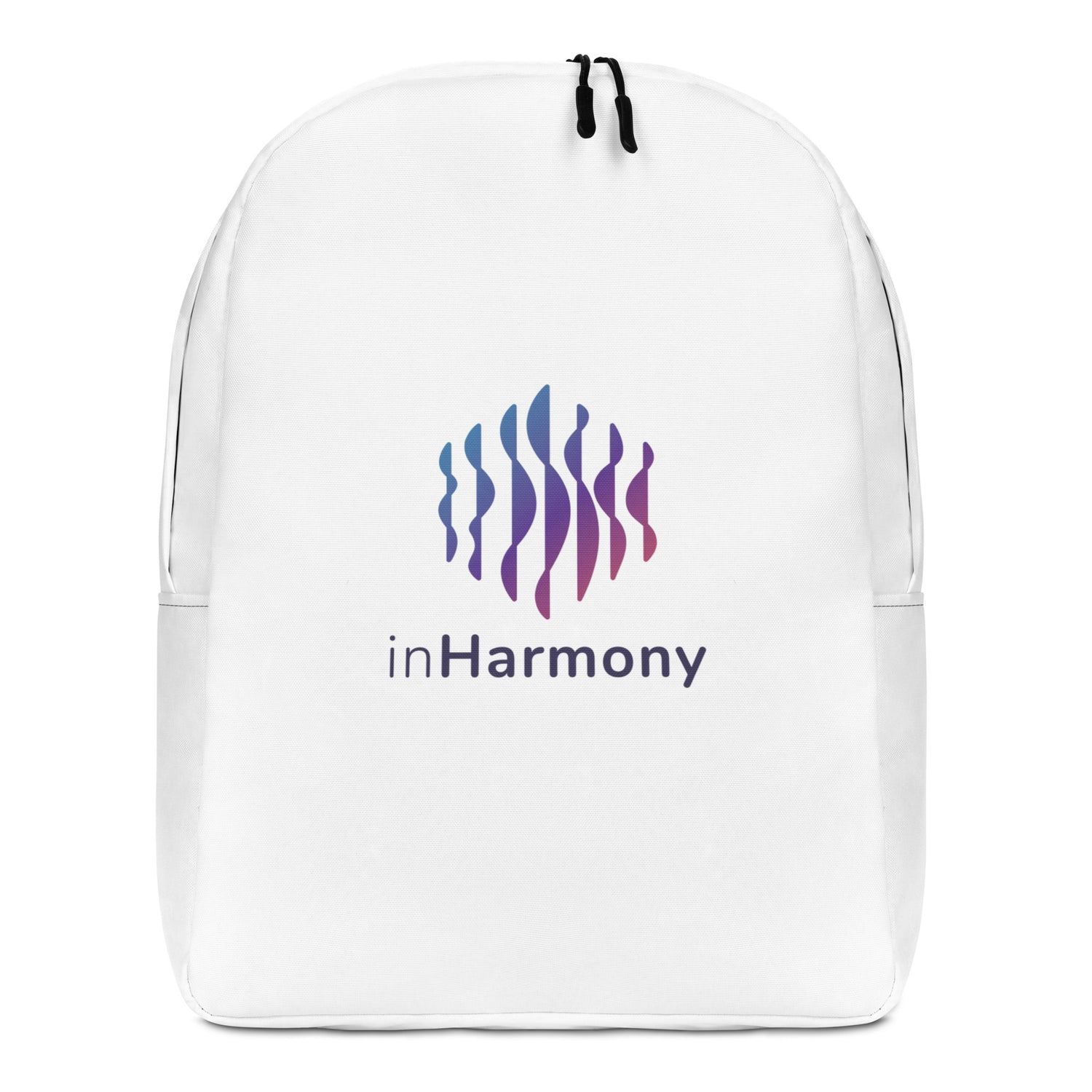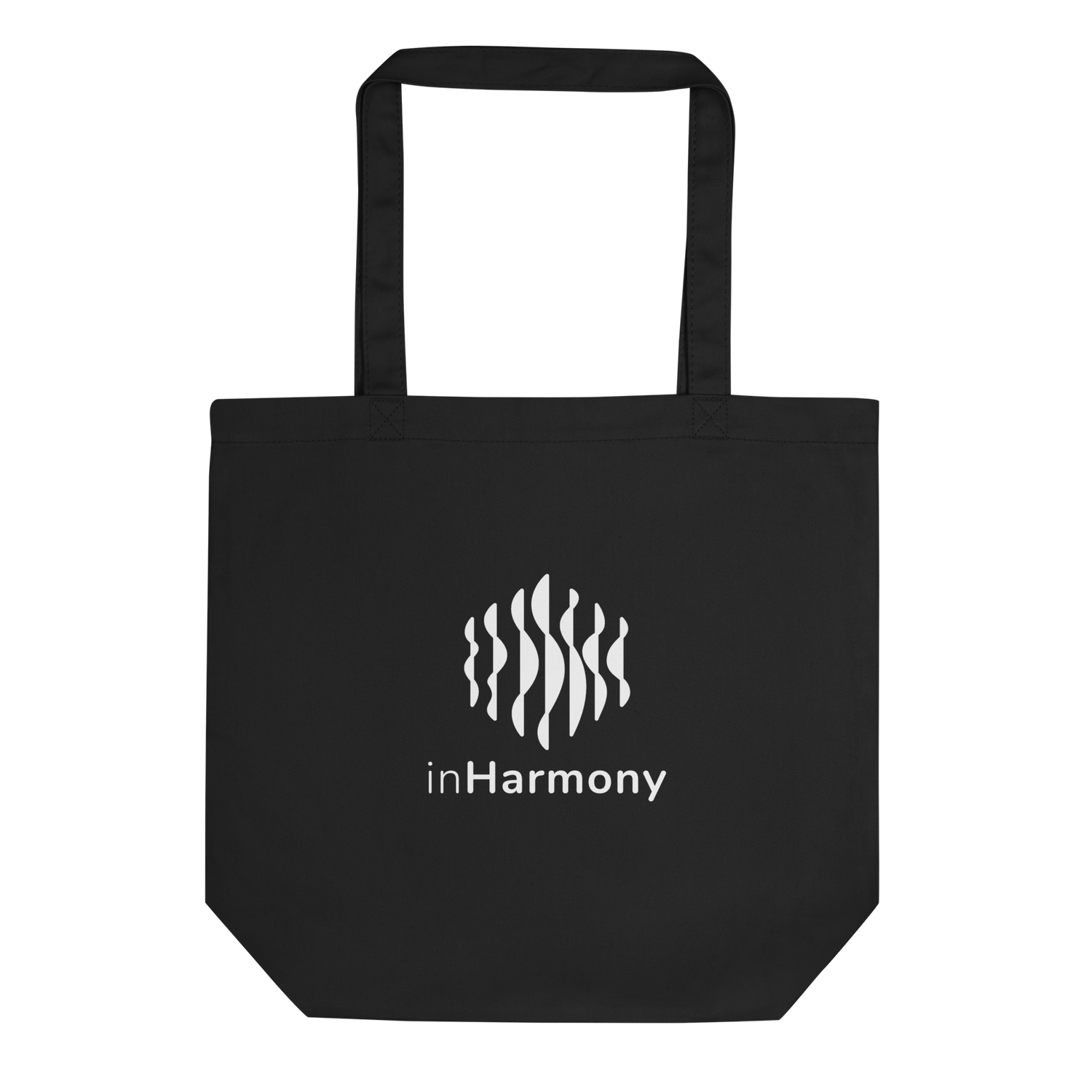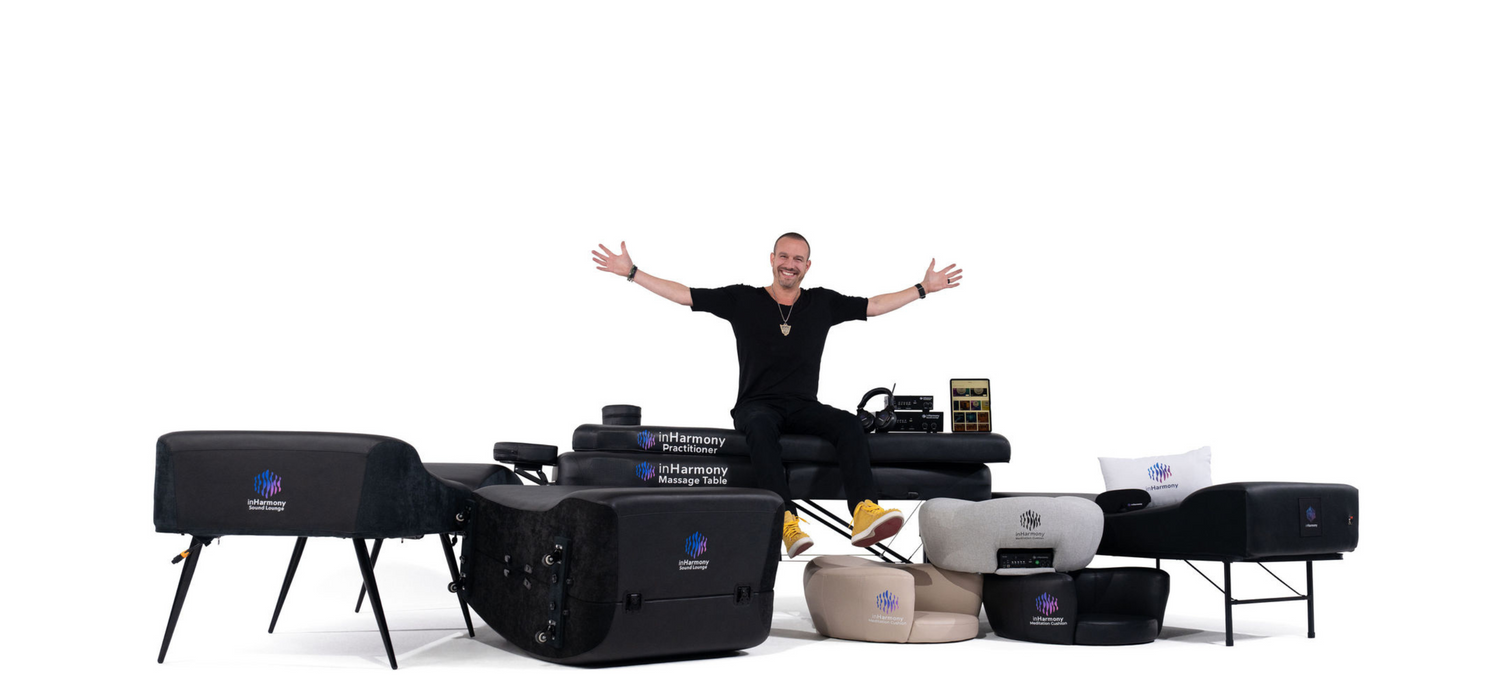Not only can the practice of meditation help relieve stress, encourage appreciation of the present moment, and allow you to get a better understanding of your emotions and mental states, but studies suggest that it can also help with physical ailments. It can potentially reduce high blood pressure, help with the symptoms of irritable bowel syndrome, reduce chronic pain, tension headaches, and much more.
People that can sit down at any time throughout their busy day and practice mindfulness and meditation with nothing more than their own power-of-mind should be applauded, but for many, this just isn’t possible. Created by Craig Goldberg and Dom Carnevale, inHarmony’s goal is to improve the meditation experience with the help of technology in order to support people on their journey to a healthier and more mindful lifestyle.



